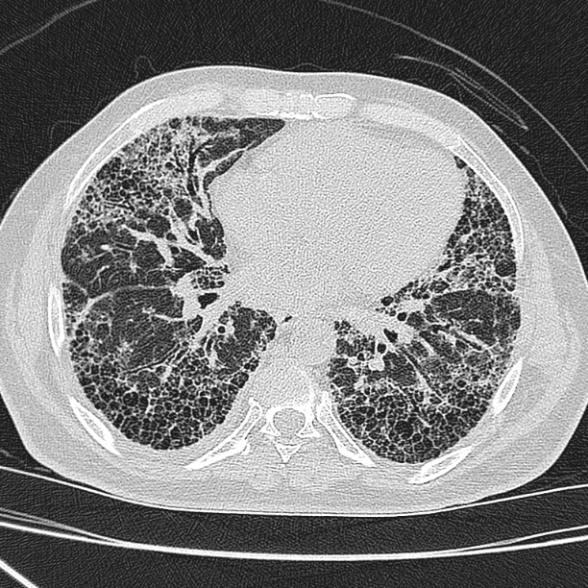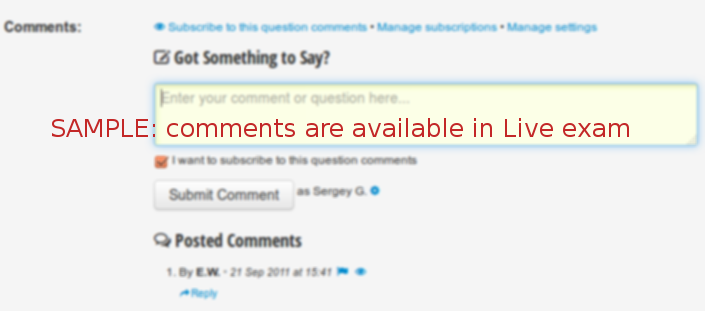Question 1 of 14
(demo test)
Product Demo for BASIC
-
In a patient with the CT scan below, which lung parameters would be normal?
-
Heads up! You can use keyboard for test navigation: press → for Next,
← for Previous, M for Mark/Unmark, P for Pause,
R for Review, A,B,C,... or 1,2,3,... to select answer.


